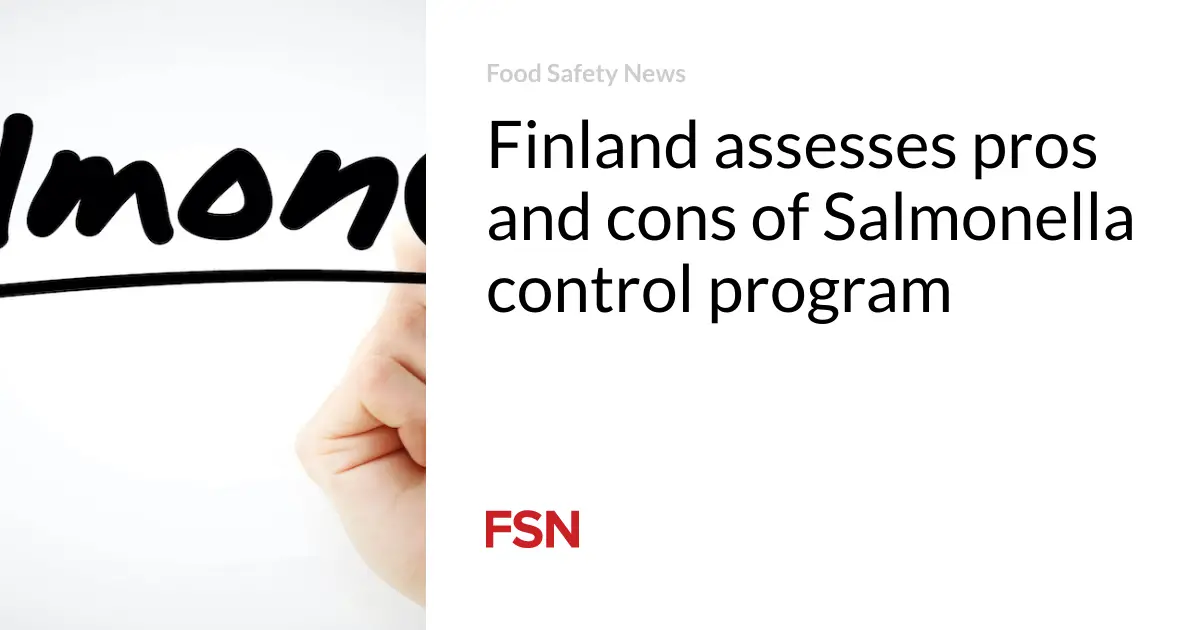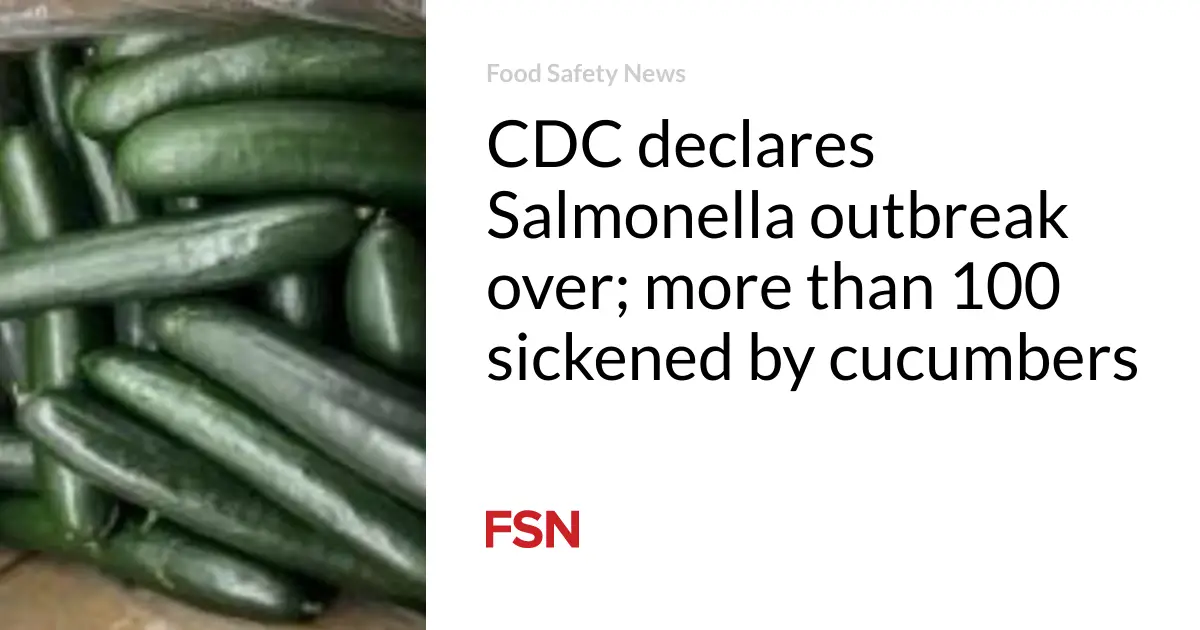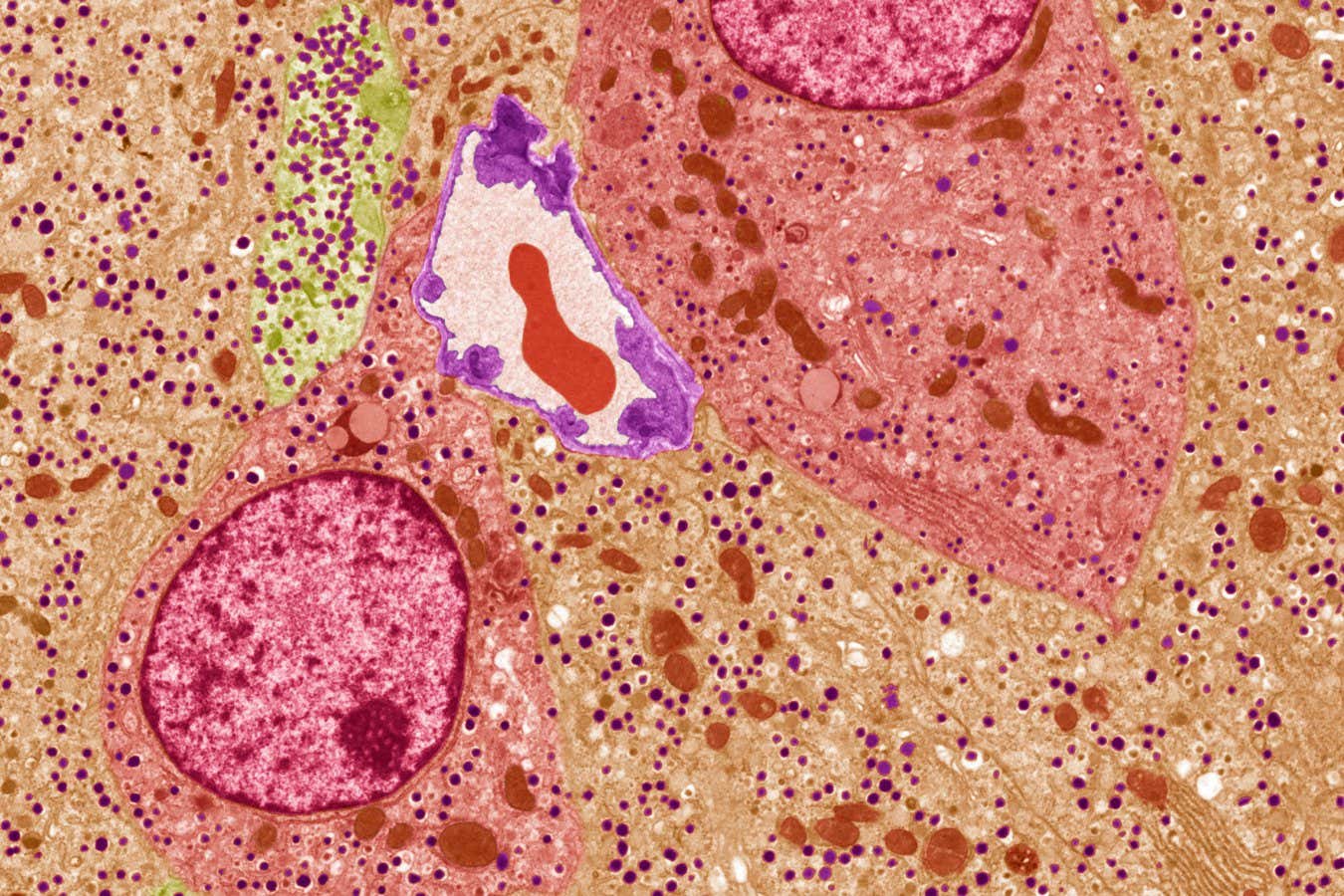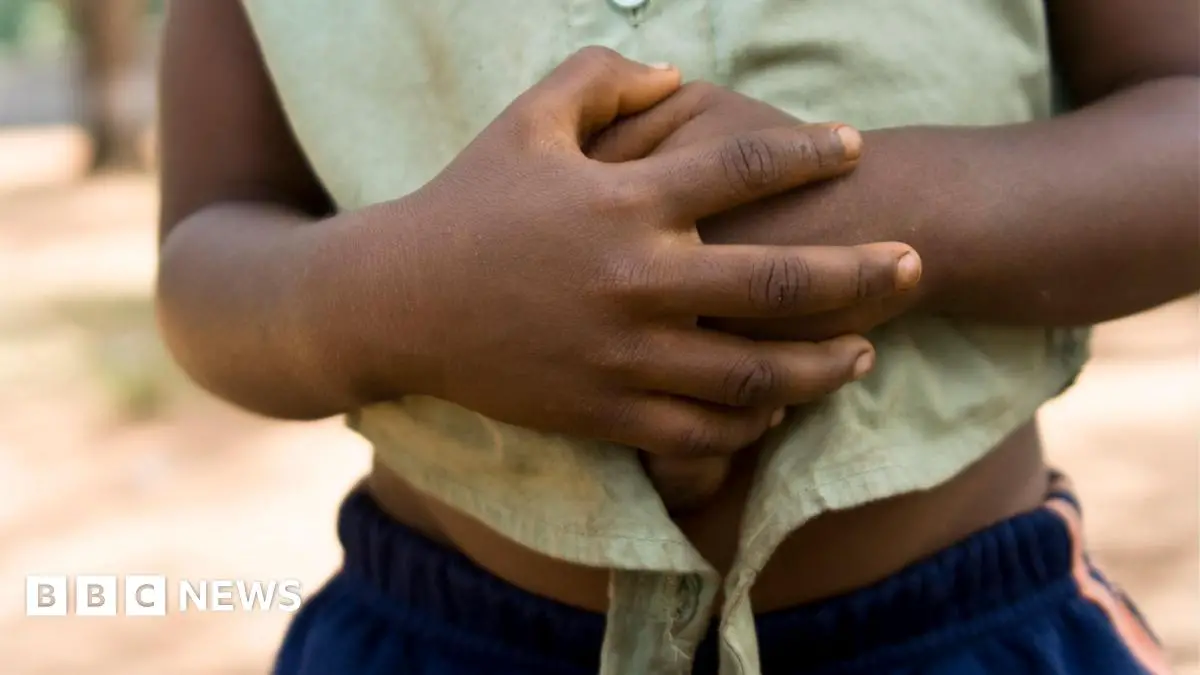
Finland’s pig Salmonella control program helps to protect consumers but there is room for improvement, according to an assessment.
Ruokavirasto (The Finnish Food Authority) evaluated the public health and cost effects of the national Salmonella control program for pigs.
Salmonella in domestic pork was estimated to cause occasional cases of salmonellosis annually. If Salmonella-infected pigs were not removed from the production chain, it is predicted that the number of illnesses would increase four-fold. The analysis found that over time, the prevalence of the pathogen in pigs would also go up.
If the prevalence of Salmonella in the production chain was similar to the EU average, 40 to 100 people would fall ill in Finland annually. If the spread of Salmonella in the supply chain was not prevented at all and the pathogen was present in 20 percent of the establishments, there would be 400 cases every year.
Assessing impact of different options
Special guarantees would cease if the current control program was abandoned, resulting in an increase in the annual number of illnesses linked to imported pork from 50 to 150 cases. Pork exported from Finland would also be subject to more requirements than is currently the case.
Based on the control program, the European Commission has granted Finland special status, so meat of foreign origin, which is sold fresh, must be certified Salmonella-free before it arrives in the country.
Since 1995, the national pig Salmonella control program has been followed in Finland. Salmonella detection always leads to risk management measures. Costs of the program have mainly been borne by businesses, with the help of insurance coverage. However, costs have increased in recent years, which has weakened the farms’ financial situation.
The evaluation covered the current public health and economic situation, and scenarios including the control program being scrapped or being based on serological sampling, like in Denmark.
The main benefit of the current program is the low number of illnesses and Salmonella-related medical costs.
The greatest costs come from cleaning, disinfection, and other measures determined by authorities. These costs are unevenly distributed among operators. If the control program was abandoned or changed, eradication costs would decrease, but the cost of illness would increase.
However, Ruokavirasto recommended that the pork production chain and Salmonella monitoring be reorganized to ensure food safety as required by legislation.
Revised job losses announcement
Ruokavirasto has also reported that the previously estimated number of job cuts at the agency has decreased as it has found other ways to make savings.
The current prediction of the number of layoffs is around 50 people, down from 93 in May. They will be implemented by the end of November.
During the rest of the year, the agency will lay off all its staff in stages for two weeks at a time, except for those performing meat inspection tasks in slaughterhouses and related sites.
By cutting operational costs, it has been possible to reduce staff cuts. The agency makes savings by reducing investments, purchases of services, travel expenses, and by not filling vacant roles.
Due to the job losses and other savings, a drop in the level of service cannot be completely avoided and there may be delays in customer services. However, the agency said it strives to serve customers as well as possible.
The measures were needed as the agency’s expenses from 2024 to 2028 are greater than the resources from the state budget and from revenue. About 1,000 experts in various fields work at Ruokavirasto across 20 locations.
(To sign up for a free subscription to Food Safety News, click here.)







